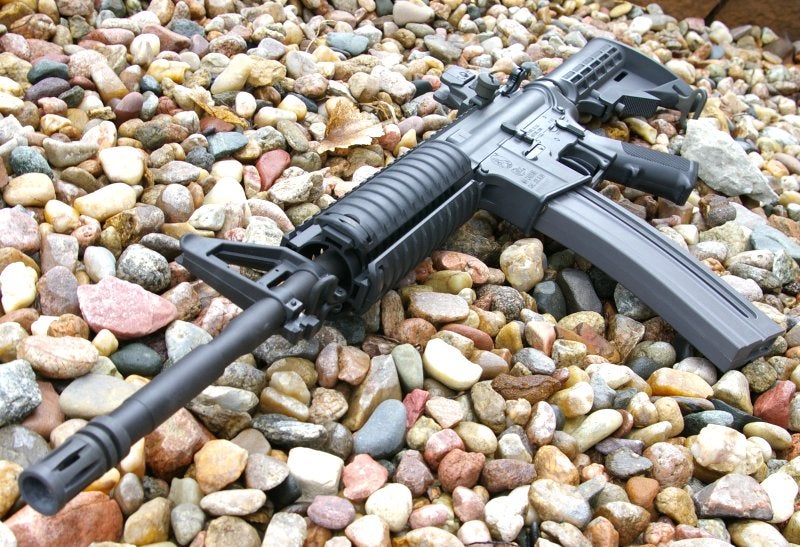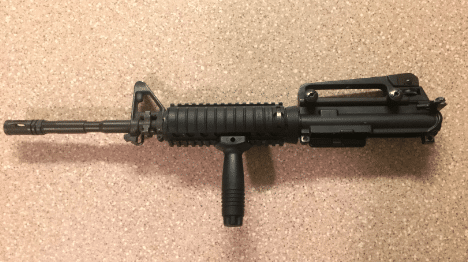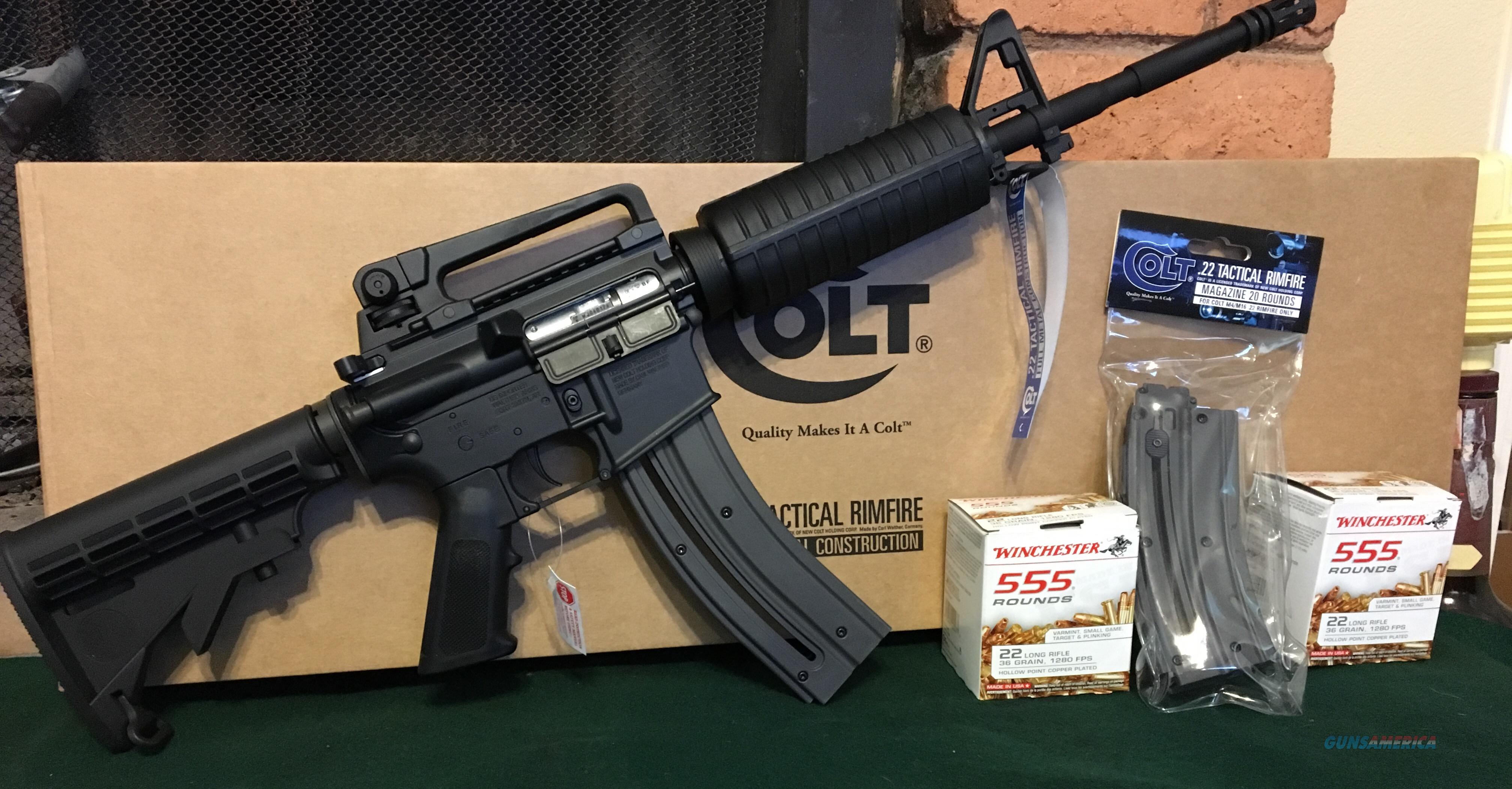

Hence, the new name “Woodsman” was chosen and that name appeared on the receiver starting at about serial number 54,000, in 1927. It was indeed popular for use on paper targets, but it also soon became a favorite of small-game hunters, trappers, hikers, fishermen, campers and other outdoorsmen.

22 Target Model as a pistol for the target shooter, as the name implied. Made near the end of the Pre-War series, this Colt Woodsman Sport Model came out of the Colt Hartford factory in 1941.Ĭolt originally saw the Caliber. That was the name of the pistol until 1927. Chadwick, made some minor changes and in 1915, the “Colt Caliber. In 1911, Browning obtained a patent and then sold his design to Colt. Browning’s answer was a slanted magazine that positioned each cartridge slightly in front of the one below it, preventing the rims from catching on each other. Other gunmakers were plagued with functioning problems due to the rimmed cartridges hanging up in the magazine. His design was one of a significant historic nature it was the first successful rimfire semi-auto pistol. Browning came up with the original model of what later would become known as the Woodsman. “They aren’t making them anymore” is a frequent phrase heard when gun collectors get together. It has now been more than 40 years since these models were in the Colt catalog, which adds to their popularity on the used gun and collector markets. Were it not for this, the guns of the Woodsman family probably would still be in production. Like most guns that were introduced in the early 1900s, the Colt Woodsman required a lot of hand fitting that would make it quite expensive today.
#COLT AR 15 22 LR SERIES#
This is a Second Series Match Target manufactured in 1968. This total includes the Huntsman, Challenger and Targetsman - economy variations without features like adjustable sights, hold-open actions and thumb rests. In production from 1915 to 1977, the Colt factory in Hartford turned out more than 600,000 of the various Woodsman models. 22 rimfire was one of the most popular pistols in America during the first half of the 20th century.
#COLT AR 15 22 LR TV#
Still, for fans of the thriving cattle range wars of the 1860s and 70s, or those looking to relive those 1960s and 70s TV dinners, the Stagecoach is a neat, if almost forgotten, a relic from those days.As another historic John M. Likewise, it is hard to find one that still has the leather thong, saddle ring, sight hood, and barrel band intact. Today, these guns can still hold their own as plinkers but are hard to find in good condition due to the fact their painted receivers have often flaked and lost their color over decades of use. By the Disco-era, the line had closed on the series. By that time, Gunsmoke was the only Western primetime television series still top-rated, with the others replaced by comedies such as M*A*S*H and Sandford & Son, and it would end its 480-episode run in 1975.Īs for our rifle, only produced until about the mid-1970s, both the Colteer and Stagecoach fell out of favor with the culture shift. The Colt Stagecoach currently in the Vault of Certified Used Guns was built in 1973, according to Colt’s information. A hooded front sight and adjustable rear came standard. Other “Western” features included a saddle ring with a leather thong at the left (port) rear of the receiver and barrel band around the front forearm, the latter reminiscent of that seen on a lever gun. While the Colteer had a longer 19.5-inch barrel and plain receiver, the Stagecoach was a more carbine-length plinker with a 16.5-inch barrel and 13-round under-barrel magazine tube. Pitched to cowboy-hat wearing youth of the era, the Stagecoach got its name from the engraved and gold-color-filled holdup scene on both sides of the receiver.

22LR with a painted aluminum receiver and walnut furniture, the Colt Stagecoach and the very similar Colt Colteer both debuted in 1965. The Stagecoach we have in the Vault of Certified Used guns has a period Bushnell scope and a leather military-style slingĪ semi-automatic rimfire.


 0 kommentar(er)
0 kommentar(er)
